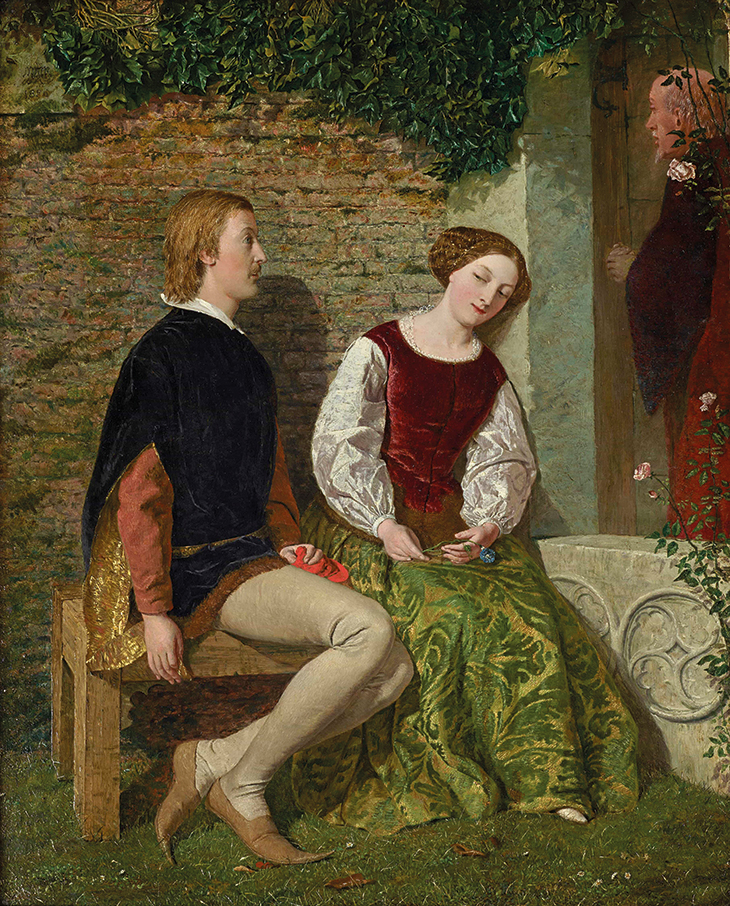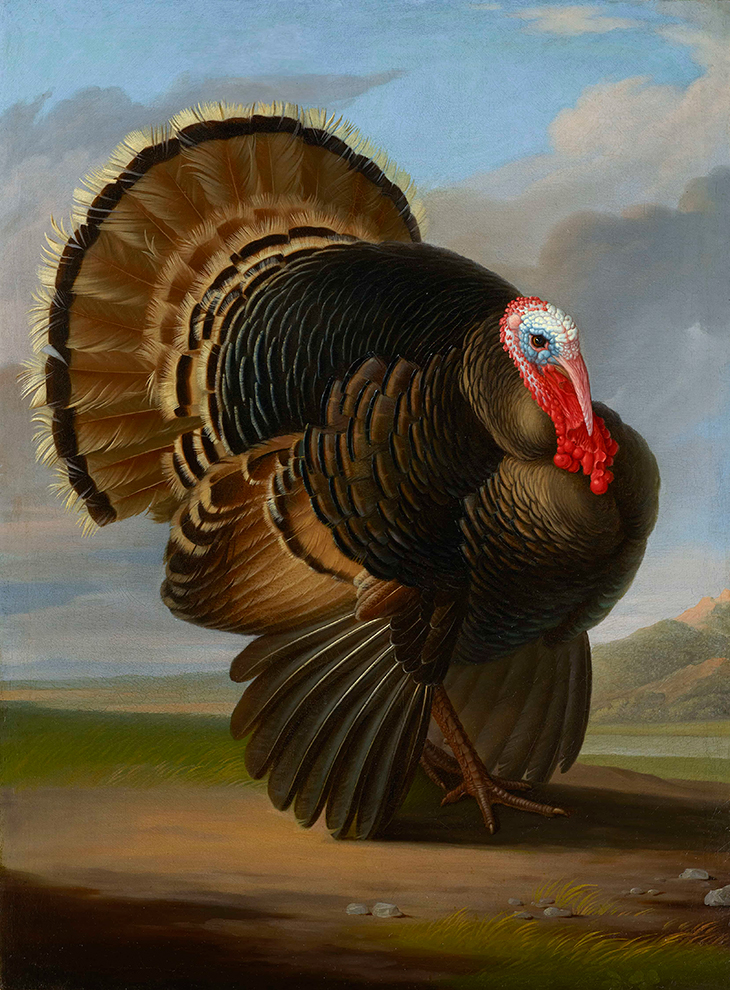Peggy Guggenheim’s eponymous gallery in Venice is one of Italy’s most renowned, yet comparatively few have heard of Guggenheim Jeune, its forerunner on Cork Street in London. In the 18 months that Guggenheim occupied the space, from January 1938, she used it to champion avant-garde artists including Yves Tanguy and Jean Arp, both subjects of a new exhibition at Ordovas that celebrates this local history. Le Ruban des excès (1932), a cryptic landscape that appeared in Tanguy’s first London show, is on loan from the National Galleries of Scotland. Arp’s fluidly formed bronze, Head with Annoying Objects (1930; cast 1972), recalls Head and Shell (c. 1933), the very first work that Peggy Guggenheim purchased.
The show is a fitting tribute to the long tradition of dedicated and discerning dealers setting up shop in Mayfair and St James’s, a community at the heart of the now biannual London Art Week (1–6 December). This year’s Winter edition sees the launch of the LAW symposium (2 December), a series of panel discussions hosted by the National Gallery in conjunction with the fair’s second annual lunchtime talk, which lifts the curtain on the day-to-day activities of gallerists and auction house specialists. The symposium’s inaugural ‘conversations on collecting’ include an analysis of the challenges that arise when reuniting historic collections in their original setting.

‘The Williams-Wynn Cupid’ (c. 1826), John Gibson. Tomasso Brothers Fine Art (in the region of £200,000)
Olivier Malingue’s show ‘L’Empreinte’ makes connections between nearly 30 artists, including Duchamp, Ernst, Dubuffet and Ruscha, interested in signs or unusual forms of mark-making. Among the works that leave the strongest impression is Yves Klein’s Untitled Shroud Anthropométrie (Ant su 5) (c. 1960), which captures the light, fleeting touch of a model’s naked body in the artist’s trademark blue. Rather more figurative depictions of women can be found at Laocoon’s ‘XX: The Female Gender in Twentieth-Century Italian Art’, which unites members of the old guard, including Giacomo Balla, Gino Severini and Marino Marini, with less well known women artists, such as Marisa Mori, Edita Broglio and Adriana Bisi Fabbri. There is an array of women in all manner of guises, including stylish illustrations from Enrico Sacchetti, and a more pensive self-portrait by Balla’s daughter Elica that must not be missed.
In a show called ‘Listri: Gliptoteca’, Tomasso Brothers Fine Art pairs sculptures, including a representation of Cupid by John Gibson from c. 1826, with images of grand and sometimes austere sculpture galleries at museums by the Italian photographer Massimo Listri.

Slender’s Wooing of Ann Page (1856), Adolphus M. Madot. Bagshawe Fine Art (£55,000)
Three late portraits by Van Dyck have prompted an exploration of his English legacy by Weiss Gallery, which is presenting an eye-catching portrait of Mary Barber, later Lady Jermyn (d. 1679) of around 1637, in a shimmering blue silk dress. Accompanying works by Van Dyck’s followers include paintings by Peter Lely, John Michael Wright and Adriaen Hanneman, who represents the Netherlands with his portrayal of a Dutch officer. Bagshawe Fine Art plans to introduce gallery-goers to the little known Pre-Raphaelite Adolphus M. Madot through his Shakespeare-inspired Slender’s Wooing of Ann Page (1856), a charmingly comical work once owned by William Gladstone. It must vie for attention with Wenzel Peter’s Wild Turkey which, flaunting a magnificent plume, is an appropriately festive touch.

Wild Turkey (c. 1800), Wenzel Peter. Bagshawe Fine Art (price on request)
London Art Week is at various venues in Mayfair and St James’s from 1–6 December.
From the December 2019 issue of Apollo. Preview and subscribe here.














![Masterpiece [Re]discovery 2022. Photo: Ben Fisher Photography, courtesy of Masterpiece London](http://zephr.apollo-magazine.com/wp-content/uploads/2022/07/MPL2022_4263.jpg)
Suzanne Valadon’s shifting gaze